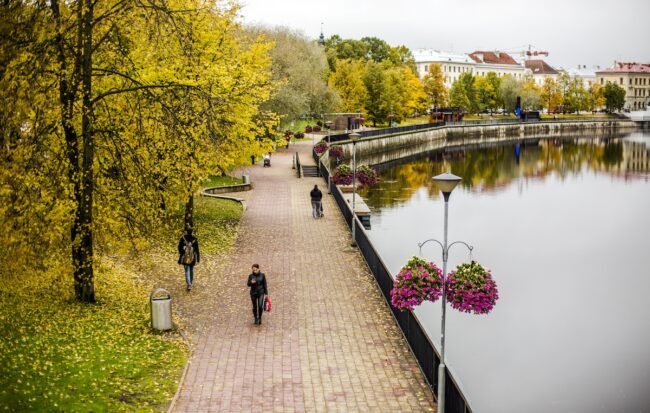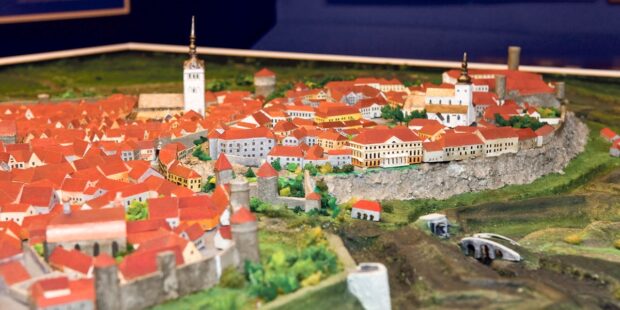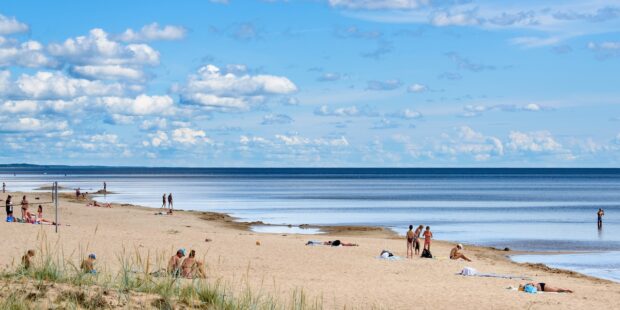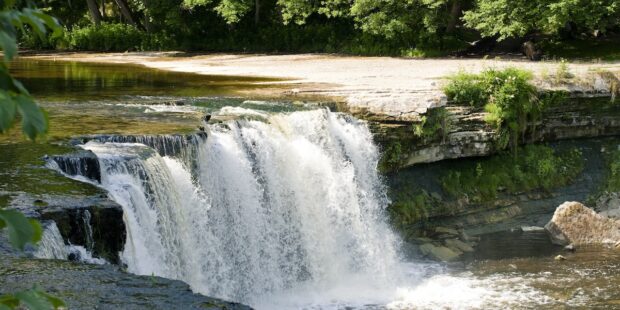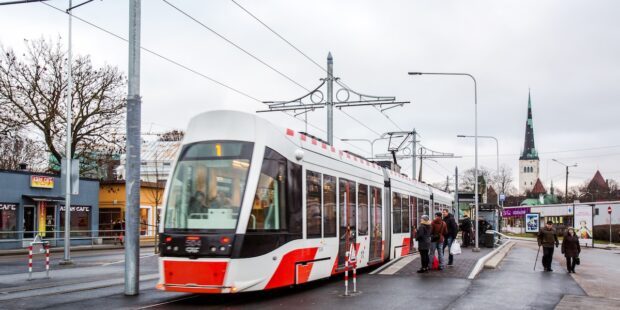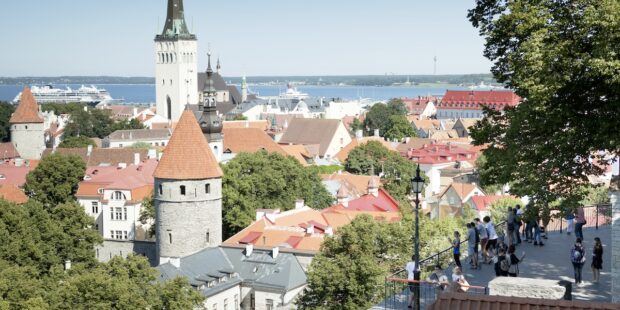Exploring Tartu: 6 Must-Visit Places
Text Ingel Kink Photos Riina Varol, Andrei Chertkov, Tiit Grihin, Lembit Michelson
Did you know that Tartu is the oldest city in all of the Baltic? It was first mentioned in records dating to 1030. Estonia’s second most populous city, Tartu, also hold the prestigious title of European Capital of Culture in 2024. Meaning you are not alone if you are planning a trip to the ‘city of good thoughts’.
In this article we’ll take a look at 6 must-visit places in the university city of Tartu that promise to leave you with only good memories:
1. Estonian National Museum (ERM)
The Estonian National Museum or ERM, as locals call it, is a place where you can lose yourself for hours exploring and learning about the past and present of Estonia’s history, culture, and identity. The museum was founded on April 14, 1909 (before Estonia was even an independent country) with the aim of protecting the material and spiritual cultural heritage and present Estonia’s history and traditions. The first permanent exhibition was opened to visitors in 1927, featuring 60 mannequins in Estonian folk costumes and a Setu smokehouse (one-roomed dwelling with no chimney, one of the oldest and most primitive types of housing) with original furnishings.
Today there are two permanent exhibitions “Encounters” and “Echo of the Urals”. The first gives you an opportunity to look at the everyday activities and domestic life of Estonians, as well as how they have coped with social changes through the ages. The second exhibition gives an overview of the life and circumstances of Finno’Ugric people and their connection with Estonia and Estonians.
Be ready to walk a lot, as ERM is large, with over 6000 square meters of exhibition space. The building itself is a modern architectural work of art, built especially for the museum and opened in 2016. With a minimalist aesthetic, the building elegantly overlooks a former Soviet military airfield and reflects Estonia’s journey through time. There’s also a restaurant where you can freshen up before, after or in between visiting the exhibition, and a museum shop where you can buy a souvenir to remember the trip by. Visit the museum’s website to get more information about the exhibitions and tickets.

2. Tartu University Museums
The history of the University of Tartu is remarkable for Estonia, as it is the oldest in Estonia and one of the oldest and most respected educational institutions in Northern and Eastern Europe in general. Its foundation dates back to 1632, when the Academia Gustaviana was founded. It was not until 1919, however, that studies in Estonian began. Today, the University of Tartu is the only one in the Baltic States to rank in the top 1.2% of the universities worldwide.
The main building of the university is a symbol of the city, attracting both culture and history lovers. It is also the home of the Tartu Art Museum, which has a unique display of antique art in Estonia. You can see full-size plaster replicas of the finest sculptures of Greek Archaic, Classical and Hellenistic art, bought for the museum in 1860.
The Mummy Chamber in the art museum is a real historical treasure, which offers you the possibility to see two real Egyptian human mummies and one dog mummy. These are the only remains of the former Egyptian collection of the university, which was evacuated to Voronezh in Russia in 1915.
You can also take a guided tour of the magnificent Classical-style main building lobby and the lock-up room in the attic, where students who had broken the rules of public order or misconduct would sit.
Just a few hundred meters from the main building, in Toomemägi Cathedral, is the Tartu University Museum, which presents the history and research activities of the university. In addition to the permanent exhibition, the museum regularly hosts interesting temporary exhibitions.
On the eastern slope of the Toomemäe is Tartu Observatory, that was once one of the world’s most important astronomical centers. The observatory houses a permanent exhibition on astronomy and space exploration. You can admire the Arabian Nebula, learn about constellations, and count falling stars.
If you want to find out more about the exhibitions and museums, click HERE.
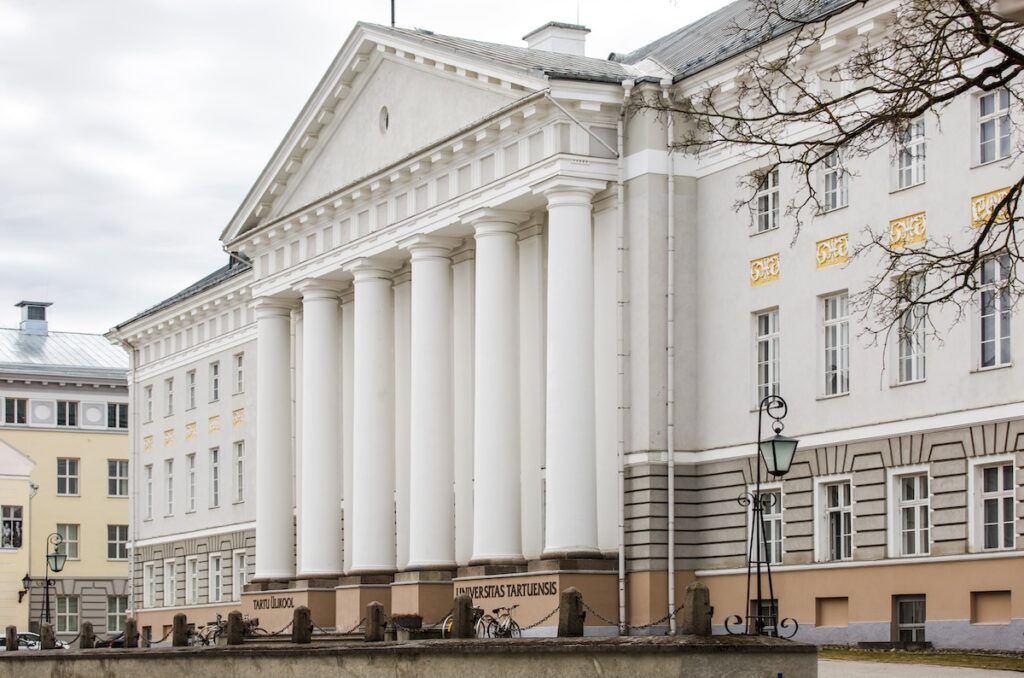
3. Leaning House
The Leaning House, also known as Barclay de Tolly house is located in Tartu’s Town Hall Square, between Kompanii and Magistri streets. The history of this 3-storey classicist building dates back to 1793, when it was originally built as a dwelling house.
In 1819, the building was sold to Princess Auguste Helene Barclay de Tolly, wife of the famous commander, Prince Michael Barclay de Tolly. The building was therefore known as the Barclay House for a long time. In 1879, the building was taken over by a new owner, the pharmacist Theodor Köhler, who established a pharmacy on the first floor of the building, which remained in operation for more than a hundred years. At the beginning of the 20th century, the famous Estonian writer Oskar Luts also worked there as a pharmacist.
Today the building is named after its current significant lean, caused by the subsidence of the ground. The old town of Tartu, where the house is located, is built on the boggy banks of the Emajõgi River, and the foundations of the houses of that time rest on wooden rafters. Over time, the water table has subsided, causing one side of the house to sink. As a result, the peculiar appearance of the house has attracted curiosity and attention, making it a tourist attraction. Today its home to exhibitions of the Tartu Art Museum, an education centre and a shop. It is certainly one of the most unique buildings in Tartu and well worth a visit. Get more information about the exhibitions and tickets HERE.

4. Town Hall
Tartu Town Hall building is located in the old town, on Town Hall Square. Construction of the building began in 1782 and it was completed in 1789. The building, is eclectic, incorporating three different styles of architecture. The three-storey building’s high-hipped roof and haricot tower follow the tradition of the Baroque palaces of the low countries, while its main façade is decorated with rococo-style cartouches. Early classicism dominates the design of the walls and the interior. The uniqueness and architectural significance of the building lie in the ability of the of the architect Johann Heinrich Bartholomäus to maneuver between several different styles to create something that fits perfectly into the urban environment, providing both a beautiful visual look and reflecting the spirit of the university city.
The basement of the Town Hall and the left side of the ground floor housed the prison cells with the guards’ quarters. On the right side of the first floor was the vault. On the two upper floors were the council chambers.
Over the years, the Town Hall has undergone many changes. Today, the first floor houses a pharmacy. The Tartu City Council and the city administration traditionally still operate in the Town Hall building.
In 2001, the Town Hall got its own belltower, which melodies can be heard from every day at 9am 12 noon, 3 pm, 6 pm and 9 pm.
One of the city’s most prominent symbols, the fountain with a sculpture “The Kissing Students”, adorns the front of Tartu Town Hall. The fountain has been on the same spot since 1948, but the sculpture was only completed in 1998 in a competition by Tartu city. The sculptor is Mati Karmin, who was inspired by the moment he saw his sister’s eldest son and his girlfriend kissing in the rain.
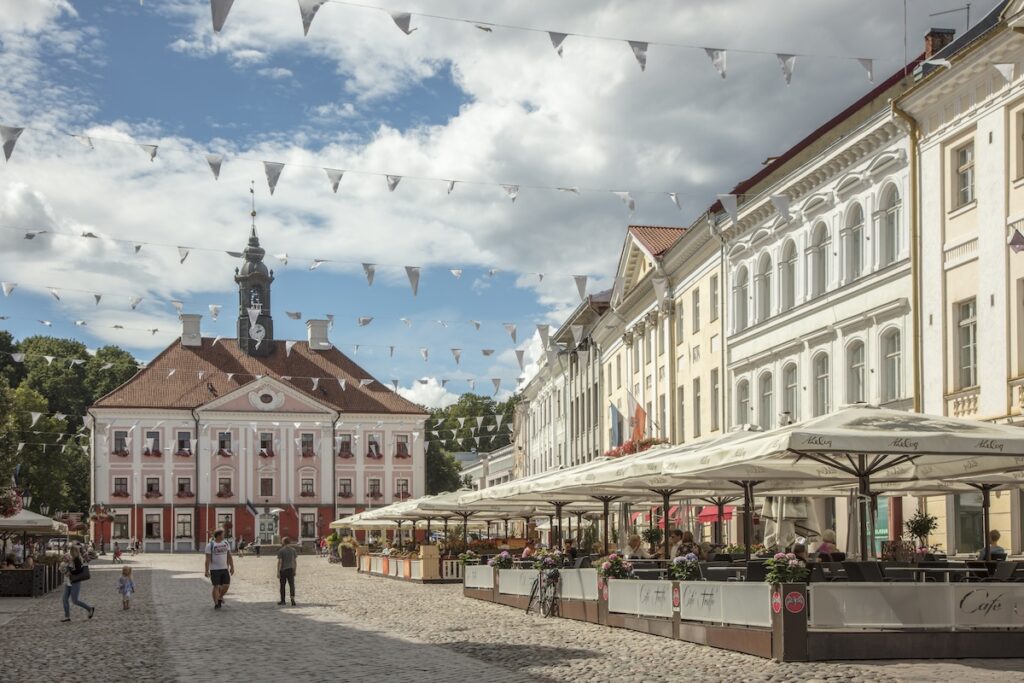
5. St. John’s Church
St. John’s church is a medieval brick Gothic building, known for its terracotta figures. It is one of the few surviving medieval buildings in Tartu. Built in the 14th century, it is one of the oldest churches in Estonia and unique in Europe. The church is decorated with terracotta figures, which are special because they are not stamped out of molds, but made one by one from clay, so that each one is unique. Today, around 1,000 sculptures have survived, dating back nearly 700 years. According to one theory, they depict former townspeople.
Throughout history the church has been in ruins several times, most recently between 1944 and 2005. In 1999 a new steeple and two new bronze bells, named Peter and Paul, were installed. There are 135 steps to climb up to the top of 30-metre-high bell tower, but the wonderful view of Tartu is worth it.

6. Toome Hill Park
Toome Hill is where the city of Tartu began. It is believed that around the 6th-7th centuries the earliest ancient Estonian fortress – Tarbatu Fortress – was built on Toome Hill. The place is also home to one of the few surviving medieval buildings – Tartu Cathedral, built in the 13th-16th century. Throughout history, the cathedral has been plundered and raided by the Livonian wars, which is why it has been in ruins for a long time. After the re-opening of the University of Tartu, the choir section of the cathedral was converted into a library, and after the completion of the new library in 1981, it was replaced by the University of Tartu Museum.
The area, formerly used as a pasture for cows, was a gift from Peter I to the university. Over the years, Toomemägi has been used for a variety of purposes, including for military purposes – notably, after the Great Northern War, the Russian army built a gunpowder dungeon on the hillside near the city. After the re-establishment of the University of Tartu in 1802, university buildings began to be constructed on the site, including the Classical Anatomical Museum and Tartu Observatory, which was built on the site of the former bishop’s castle.
Today, most of Toome Hill is covered by a park and is undoubtedly one of the favorite places of locals in the city.
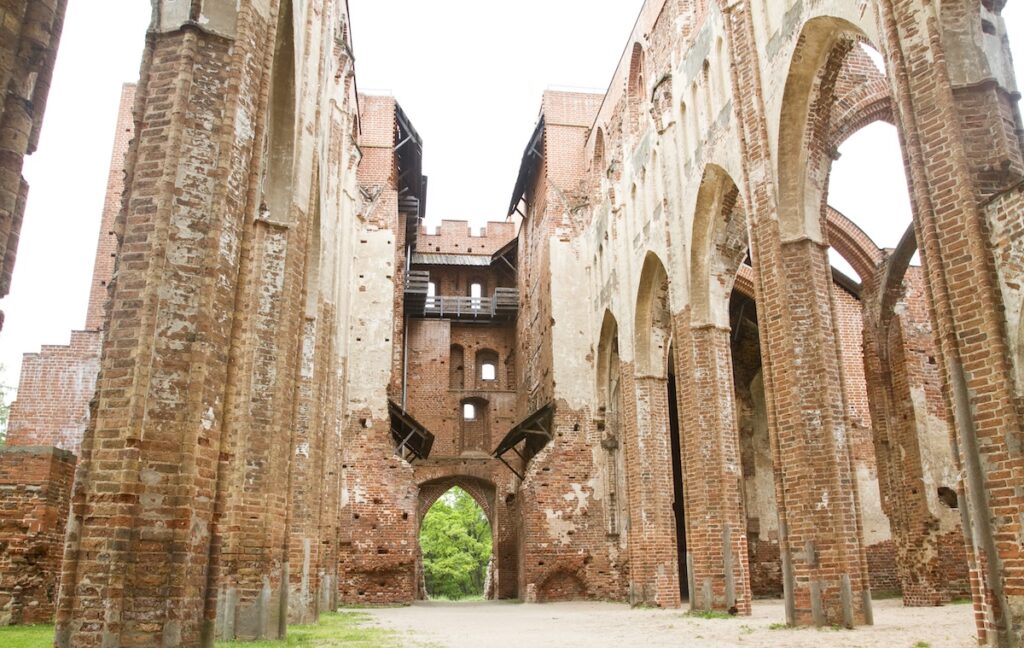
The only question left, is where are you going to visit when you come to Tartu?
To learn more about this and similar topicsEstonian National Museum Leaning House St. John’s Church Tartu Tartu Cathedral Tartu Town Hall Tartu University

